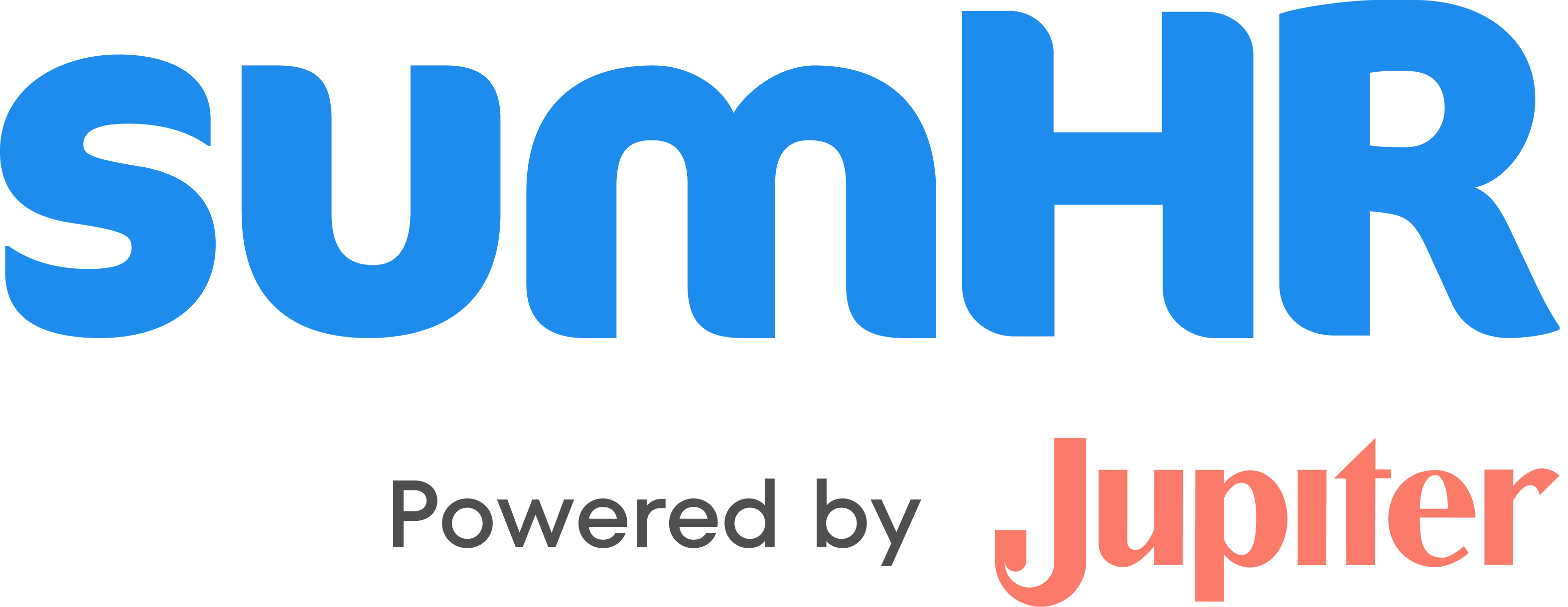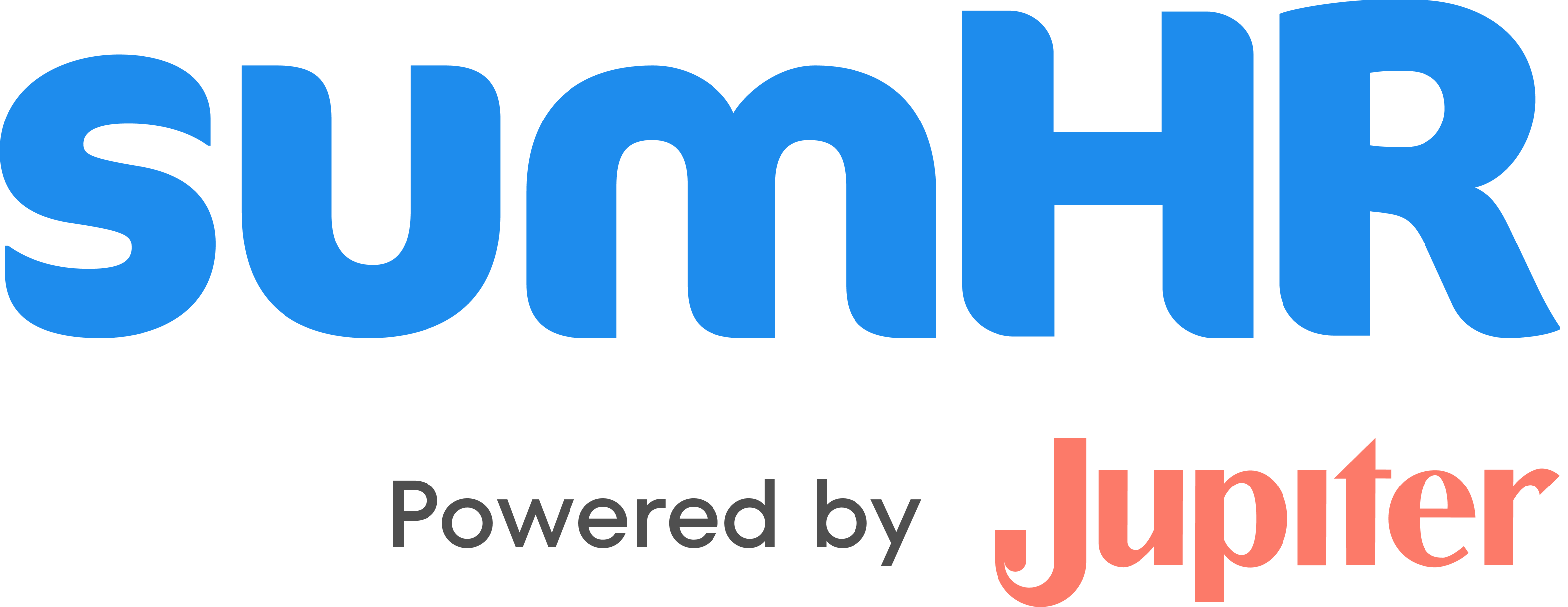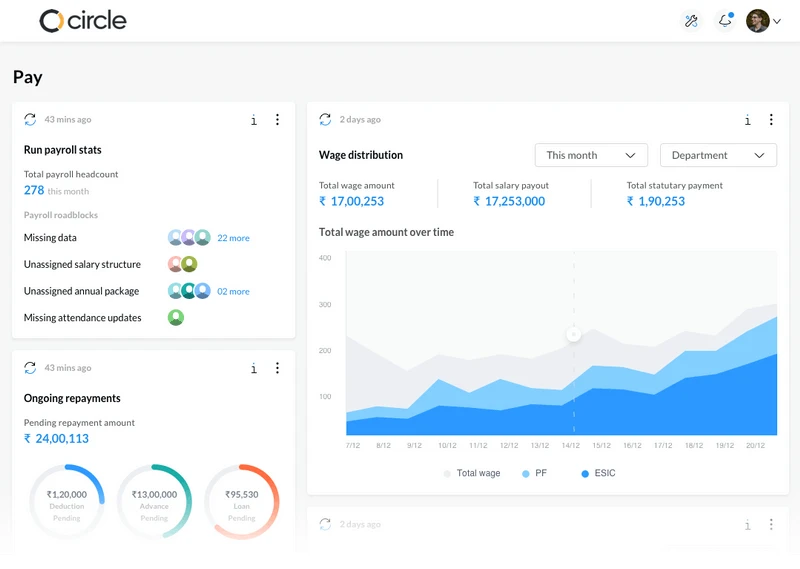Employee engagement refers to the mental and emotional connection formed between the employees and their workplaces. Engaged employees are individuals that are motivated towards their work and committed to their workplaces.
If an employee is psychological and emotionally invested in their organization, it will be more likely that they will remain a part of the company for longer. Employee engagement is essential for the organization as it ensures that the employees are invested in the goals of the company.
When talking about employee engagement, factors such as employee experience and salary do not play that much role as much as the employee feedback towards their workplaces.
It is an obvious truth that a more engaged workforce will result in job satisfaction of the employees along with high-performing employees.
Engaging the workforce directly affects the employee retention rate. As per a survey, more than 70% of organizations find that experiencing a staff turnover on a regular basis can adversely affect the workflow while also adding additional costs to carry out expensive processes such as recruitment process, onboarding process, as well as training costs.
How much can staff retention affect a company?
It has been reported that on average, a higher employee retention rate can enhance the profits of an organization by four times.
46% of HR leaders report that maintaining a retention rate is one of their biggest concerns. It has especially become crucial in the post-COVID period.
Understanding and employing new techniques and employee retention strategies can help reduce the employee turnover rate. The work culture has dynamically changed during the pandemic.
More than 94% of employees have reported that they would be more invested in their company and would stay longer if the company invested in their professional development.
Here are the different ways managers can benefit from improving and maintaining programs and activities for employee satisfaction and decreasing job turnover.
- Save money: A workplace culture that gives attention to employee motivation and retention will create better employee relationships. This will decrease the turnover costs by eliminating the need for new employee training and costs for the hiring process.
- Utilization of time: The hiring process and onboarding program can take up to a month that can disrupt the company culture and the long-term strategies.
- Long-term employee training: Employees that remain in the same business for longer understand what they are doing and need little training and guidance to carry out their responsibilities. With advanced development programs and internal training opportunities, employee productivity can be enhanced.
- Avoid lack of communication: New employees are bound to fall short of the market rate at the beginning of their tenure. It might take months of onboarding programs to develop their soft skills so that there is positive feedback.
Employee retention strategies
Employee productivity increases proportionally to the employee retention rate. The corporate culture needs to ensure that talented people remain invested in their company and its goals with the help of exceptional people-management skills and specialized steps and practice for millennials.
These strategies can be implemented right from the beginning with an effective onboarding process and continue by providing compensation and managing the level of pressure on the employees during their tenure.
These strategies can ensure that the work culture you develop gives way to better employee relationships and keeps employees happy.

1. Develop an environment that supports learning
Business leaders need to ensure that a person employed under them has enough opportunities to learn and the freedom to experience failures. Failures are the best method to learn and provide the emotions that ensure that the lesson learned remains with the person for long.
The emotions will also help them to connect to their workplace better. The environment should be encouraging to develop employee motivation. A challenging workplace ensures that the employees keep learning something new and maintain a constant pace of growth.
The employee satisfaction provided by such an environment increases the retention rate as well.
Ensure the presence of professional development opportunities
If your workers are actively seeking development and training opportunities, then they are curious people. They go out of their way to learn more about the business to help in the business continuity and development of the company.
Curious people make better employees, ensuring that your company has initiators and leaders in it stow to keep you up in the game.
What will happen when you fail to provide the required learning opportunities to the workforce? Firstly, you will surely miss the opportunities to create a workforce that acquires global skills.
Also, if people who actively search for a challenge to help themselves grow do not find such opportunities, they will begin looking elsewhere.
This will increase your turnover rate and with it, your expenses.
How can you provide them with situations to challenge and improve their skills? Various internal training programs can be implemented in the company. 90% of companies offer digital learning.
So, it’s not just a trend, but a necessity. HR teams can employ training sessions for recent tech-related to the company and even take help of sessions availingly on YouTube, Coursera, etc.
Ensure that the learning tool that you employ allows the workers to learn at their own pace. Give them flexible deadlines so that they remain motivated to work throughout the session. You can also provide them tuition assistance or subsidize their education to promote a learning environment.
2. Address the working style of your management
Most workers are not dissatisfied with their experience in the company when they decide to leave. They leave because of a lack of management or some other issues with their managers.
It is not uncommon in workplaces to find a manager that makes decisions based on personal biases, exercises favoritism, or dictates the employees instead of leading them.
It is essential that you address any complaint regarding the management and choose the right person for the post of manager. With employee feedback, you can better understand the situation of the employees and how they feel about a certain manager.
How can you gather the views of the employees? There are various feedback tools available that work online and are anonymous. You do not have to wait for a yearly review to assess the performance of your management, you can gather the views with such feedback tools monthly, or even biweekly, as per your convenience.
But the question is, how to act on the employee feedback? You cannot be expected to fire an employee just because a few others do not like their way of working.
The first step is to acknowledge that the problems faced by the employees are being heard and addressed. Based on the data obtained from the feedback, you can make the decision regarding the management.
Also, ensure that the management provides the path of career advancement opportunities to the employees by trusting them with decisions.
3. Upgrade your HR processes and onboarding process
Employee retention is determined during the onboarding activities. HR should relay the required information regarding flexible work arrangements, sufficient time for breaks, relaxation time, health benefits, professional development opportunities, etc.
How does a smooth and well-designed onboarding process can help you maintain the retention rate? With no onboarding process or a poor one, the new employees face the situation of being misinformed or underinformed about their role in the company.
They also have minimal information regarding the processes followed in the company and how they can make efforts to improve them.
How can you improve the onboarding process? Ensure that in the beginning, you acknowledge and catch the excitement of your new employees. They are eager to start a new job and learn, thus, they will appreciate as much information and training to ease them into the processes followed in the organization.
Integrate your new workers with not just paperwork and a formal greeting, but by appreciating their presence and reviewing the regulations of the company. Make sure that the managers do not brush the process off and carry it out till the end.
A structured onboarding process that is monitored through top-notch HR software can ensure that the employee engagement is strong right from the recruitment.
4. Appreciate the efforts of your employees
As per a survey, 65% of people feel that they are underappreciated at their workplaces. If the fact does not bring one to action, then you should also know that 66% of millennial and gen-z employees say that they will leave their job if they feel underappreciated.
People in offices do not tend to express their gratitude as much as they should. Not only gratitude creates a positive atmosphere but also improves the quality of the work culture. With the enhancement in personal temperament, the professional development of the workers and their productivity will increase as well.
Employees who usually under a lot of pressure to meet their deadlines and get their work done within the work hours. If they feel underappreciated, they might get frustrated and leave the job altogether.
Can you recognize the connection here? Appreciation and acknowledgment of employee’s efforts can drastically decrease the turnover rate.
How can you know that the employees feel underappreciated? They show no initiative in their work, they are no longer enthusiastic about their work, they are withdrawn from their colleagues and work, or are doing the bare minimum to get through their job.
These signs tell that the employees need to be acknowledged to keep them engaged in their job.
Simple efforts from your side such as thanking people as you meet them, providing them compensation for their extra efforts and overtime, and thank you notes can ensure that the message reaches the workforce.
5. Ensure that your employees are not overwhelmed with work
Harvard Business Review had published a study that long work hours can decrease the life expectancy of a person by 20%. The results are staggering and prove that workers need to be acknowledged for their efforts.
There are few workers available now who are talented, curious people, and are ready to put up with extreme work conditions. If faced with the brunt of work on a regular basis, these workers tend to leave their current workplace to join somewhere with a better work environment.
If your workers are undergoing an extreme level of stress and overwork regularly, they will get frustrated with the job. In the end, it will be the company that will have to face with low retention rate and higher turnover rate.
Furthermore, overworking employees may get the work done for the short term but after a certain point, the productivity of the employees will decrease drastically.
Overworking is a bad management strategy that only fulfills the short-term goals of the company. Over time, it will degrade the morale of the company and leave the employees with raised stress and anxiety issues.
Burnt-out employees will decide to leave the company at some point, making you lose experience as well as talented workers.
What steps can you take to avoid the situation? Understand that it is okay to pull over hours sometimes. However, it should not become a habit or a go-to solution for every project.
Notice the working hours of the employees.
Check when they clock in and the time when they clock out. Once you have an idea of the severity of the problem, you can employ better strategies.
Also, encourage them to take some time off after they have worked overtime. You can also increase the headcount to ensure that the workload on each employee is bearable and manageable.
A flexible work environment, better work experience, and proper management are the basic requirements to maintain the employee retention rate. Business leaders need to ensure that they accommodate the needs of each employee so that they are motivated for their job.
Workers want to be acknowledged for their efforts; they want to get appreciation when they pull long after hours to execute a project immaculately. Ensuring a positive work environment is the only way that you can keep them happy.
A higher retention rate will also make sure that you do not have to spend on recruitment costs and find employees that can replace the previous talented and experienced employees.
If you have any questions mentions mention in the comments below.
Additionally we recommend you check out sumHR, the all in one HR Software from recruitment to exit. Get access to HRIS, Payroll Software (India), Attendance Management system, Performance management software, OKR. HR Operations & more. Head over to www.sumhr.com and get your free demo or start your 7 day free trial.
Frequently Asked Questions (F.A.Qs)
1. Why employee retention is important
Employee Retention is the Key to Success for any organization. If employees love what they do and are comfortable in the environment they work it, they will be less likely to leave your organization. The payoff for organizations that focus on employee retention is well worth the time and investment
2. Why do professionals feel stuck at their jobs right now?
More than half of those affected by the pandemic say their career has stalled. The COVID-19 pandemic is a major reason why many workers are rethinking their employment situation.
The concept of working from home is lost to so many of the employees. 35% of the employees are thinking of changing their jobs amid the pandemic.
3. 5 Tips for Keeping Your Best Employees
- Hire the right people
- Give them opportunities
- Offer them benefits
- Manage your employees with trust
- Establish a two-way feedback







